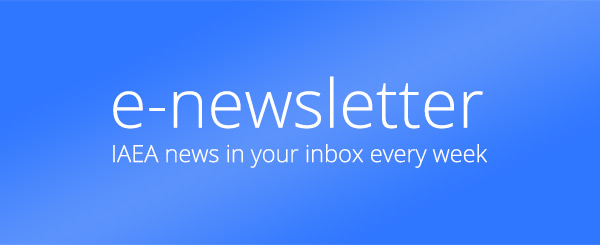Isotopic Techniques for Assessment of Hydrological Processes in Wetlands
Closed for proposals
Project Type
Project Code
F32004CRP
1376Approved Date
Status
Start Date
Expected End Date
Completed Date
24 October 2012Description
Wetlands are an important link between water and land ecosystems. They provide habitats and refuges for wildlife, flood protection, and contribute to abatement of impact of pollution and promoting groundwater recharge. While it is self-evident that hydrological processes are a key factor in maintenance of wetlands, it is not well understood on how anthropogenic changes to hydrological balances may in tum affect water quality within and to the surrounding water bodies. Isotope techniques provide a unique toolkit that can examine both the water balance and the impacts on solute and nutrient fluxes. In particular, this CRP will make use of a variety of stable and radiogenic isotopes to integrate spatial and temporal variability inherent in such complex ecosystems. Results of this CRP are expected to improve the capability of Member States for water resource management and protection of wetlands
Objectives
To promote the development and application of geochemical and isotopic techniques in the estimation of the sources, flowpaths and interactions of water to, from and within wetlands, and to provide insight on how protection and management of wetlands might improve the water quality and associated ecological functions.
Specific objectives
To assess hydrochemical and isotope techniques to determine the sources and dynamics of water sustaining major types of wetlands.
To conceptually model the above mentioned sources and dynamics: (i) at specific area of human interest within the wetland/wetland complex, (ii) on an annual/seasonal basis, and (iii) within the shallow zone that experiences seasonal fluctuations.
To determine the anthropogenic impact on wetland hydrology and the consequences for water quality and potential remediation of wetlands.
To improve the capacity of Member States for water resource management and protection of wetlands.
Impact
The oral and poster sessions on the application of isotope techniques for the assessment of hydrological processes in wetlands was held during the European Geosciences Union General Assembly 2011 in Vienna in April 2011, based on the decision made during the Second Coordination Meeting of the CRP. During those sessions, a poster on preliminary results of the CRP was also presented. Those sessions were among the largest held at the 2011 EGU General Assembly, contributing to the dissemination of information among scientists, water resource managers and the general public regarding the usefulness of the application of isotope techniques in the investigation of hydrological processes in and around wetlands.
Relevance
The topic of the CRP is of continued relevance for both the IAEA and the target countries for: (i) in order to protect and manage beneficial functions of wetlands, it is important to understand the sources, pathways and processes of water and nutrients in wetlands, and isotope techniques are ideally suited to identify and trace hydrological pathways at a range of spatial and temporal scales; (ii) it is in line with the objectives of the Sub-Programme G.1 of Water Programme: “Isotope Methodology for the Protection and Management of Surface Water, Groundwater and Geothermal Resources” since not only the frequently used environmental isotope techniques are of potential use in evaluating surface and subsurface flowpaths to, from, and within wetlands, but also some of the under-utilized isotope techniques (e.g., 87Sr/86Sr) and short-lived tracers (e.g., 222Rn) could be tested for the identification and estimation of interactions between groundwater and surface waters on appropriate time scales.

